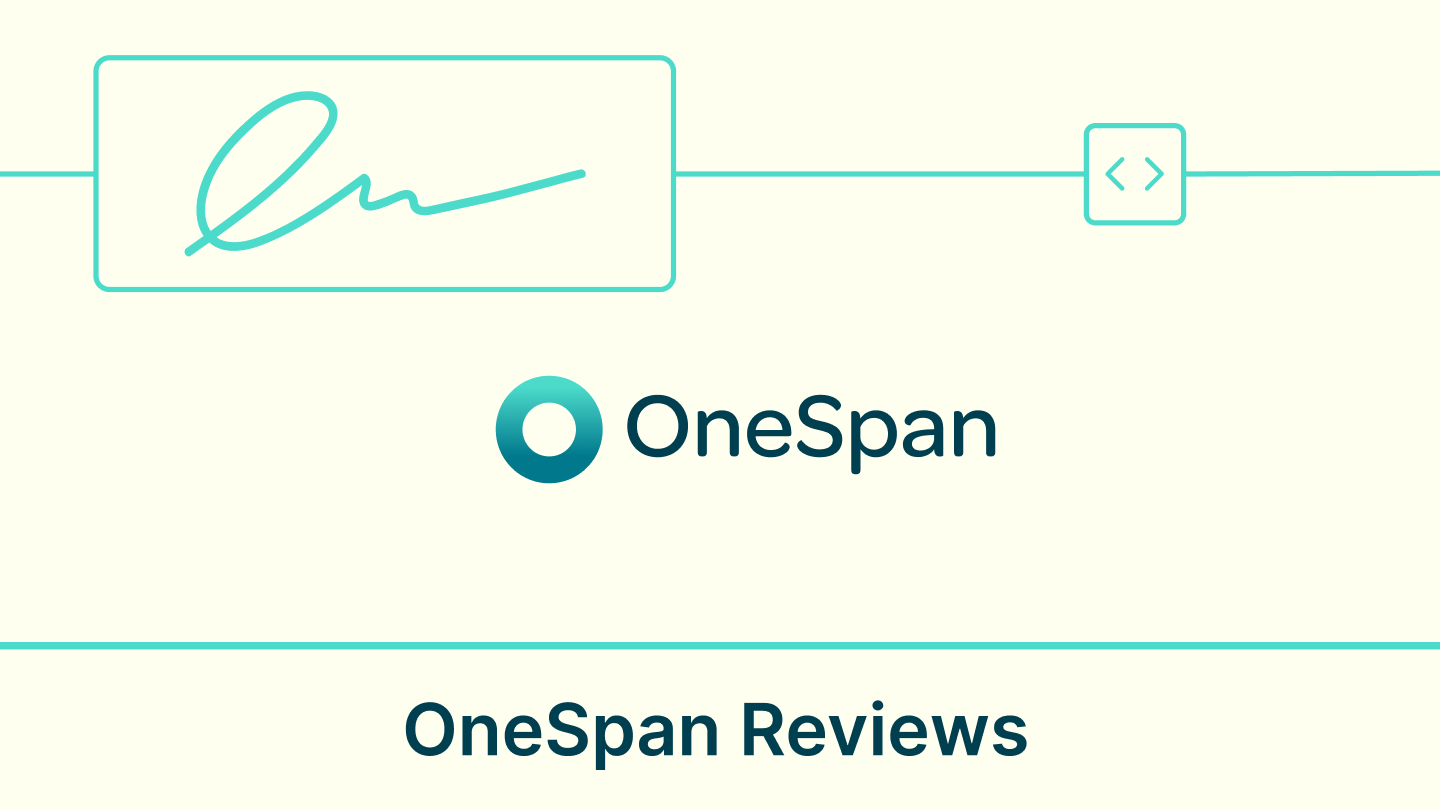Is SharePoint good for your business? Do a lot of companies use SharePoint? What is the future scope of SharePoint?
SharePoint has long been creating a buzz among businesses looking to increase their productivity potential. Over the years, it has become a driving force for enabling virtual team collaboration and the modern workspace revolution.
It is a powerful business collaboration platform by Microsoft, facilitating seamless document management, team collaboration, and content sharing. Leveraging cloud technology, SharePoint streamlines workflows, boosts productivity, and ensures secure data storage, making it an essential tool for businesses seeking efficient and organized operations.
Why is SharePoint important for improving business collaboration?
Today, automation empowers businesses to thrive in an increasingly interconnected world. SharePoint is the backbone for modern organizations, fostering seamless collaboration and communication, driving productivity, and ensuring that valuable knowledge is readily accessible across the enterprise.
When it comes to document management, team collaboration, and streamlined workflows, SharePoint offers a centralized platform. Its real-time co-authoring, version control, and integration with Microsoft 365 enhance team productivity. With robust security features and mobile accessibility, SharePoint for business ensures efficient communication and access to critical information, driving business success.
Furthermore, its workflow capabilities automate repetitive tasks, streamlining processes, and enabling teams to focus on more strategic initiatives. It also offers built-in business intelligence tools like Power BI, empowering users to visualize data, derive insights, and make informed decisions collaboratively.
The role of SharePoint in document management and organization
Despite its growing popularity, many organizations continue to ask what capabilities does SharePoint have? What SharePoint can do for business?
SharePoint is a powerful platform designed explicitly for document management and collaboration within organizations. It enables businesses to handle content, encouraging efficient teamwork and boosting productivity.
- Centralized document storage and access: SharePoint is a centralized repository for storing all documents, ensuring easy access, and reducing duplication. Its robust document management system allows users to organize files efficiently, making it easy to find, update, and share information across the organization. Moreover, SharePoint enables the creation of team sites and intranets, acting as a hub for employees to access resources, news, and announcements, fostering a sense of community and engagement.
- Metadata and content tagging: SharePoint allows the use of metadata and tags to categorize and organize documents efficiently. This enhances searchability and information retrieval, further improving collaboration.
- Document versioning and history: With SharePoint’s version control feature, multiple team members can collaboratively work on documents without fear of overwriting changes. It maintains a comprehensive history of document versions, enabling users to revert to previous iterations if necessary.
How SharePoint contributes to workflow automation and various business processes
Manually hunting for files and human errors in repetitive tasks continue to restrain a business’ bottom line. Workflow automation is, therefore, critical for a business to save time and minimize mistakes, as 85% of data remains unstructured.
Moreover, according to McKinsey, automation could boost productivity growth by 0.8%-1.4% annually across the globe. Here’s how SharePoint is used in workflow automation and business processes.
A. Automating routine tasks and processes
One of the common questions among business owners is What is SharePoint used for? SharePoint helps businesses automate routine tasks and processes. It allows users to create custom workflows to automate approvals, document routing, notifications, and more.
This automation not only saves time but also minimizes errors and ensures consistent and efficient execution of tasks. SharePoint significantly enhances overall business efficiency and effectiveness by empowering teams to focus on more strategic initiatives.
Apart from automating routine tasks, SharePoint empowers organizations to create custom workflows, revolutionizing how businesses operate. It offers the following features to support the creation of custom workflows:
- Workflow design interface
- Out-of-the-box templates
- Integration with Microsoft Power Automate (formerly known as Microsoft Flow)
- Conditional logic
- Email notifications, escalations, and reminders
- Monitoring and analytics
B. Team and project management
When it comes to team and project management, SharePoint is a versatile platform offering a comprehensive set of tools and features to streamline collaboration and boost project efficiency.
SharePoint allows teams to create dedicated team sites, acting as a centralized hub for project-related documents, discussions, and resources. It promotes seamless information sharing and collaboration among team members. Furthermore, a robust document management system ensures that team members can access, edit, and track the latest versions of project documents in real time, eliminating version control issues.
For a clear overview of project progress and responsibilities, SharePoint’s task lists enable teams to create, assign, and track project tasks. Additionally, it features integrated calendars that help teams schedule meetings, milestones, and deadlines, ensuring efficient time management and coordination.
Some of the key project management tools and features in SharePoint include:
- Task Lists and Kanban Boards
- Project Calendars
- Gantt Charts
- Project Dashboards
- Project Templates
- Integration with Microsoft 365 applications (Teams, Planner, and OneDrive)
- Mobile Accessibility
C. Business intelligence and reporting
SharePoint is a powerful platform that extends its capabilities beyond collaboration and document management to include Business Intelligence (BI) and reporting functionalities.
SharePoint for Business seamlessly integrates with Microsoft Power BI, a leading BI tool. Users can embed Power BI reports and dashboards directly into SharePoint sites, enabling data visualization and analysis within the familiar SharePoint environment. Moreover, it offers over 80 built-in web parts for data visualization, enabling businesses to display data in various formats, including charts, graphs, and key performance indicators (KPIs). This, in turn, facilitates data-driven decision-making.
With a vast user base of over 200 million, SharePoint has become a leading platform for businesses to gain valuable insights and analytics from their data. Its customizable dashboards consolidate project-related data and metrics, offering project managers a real-time overview of project progress and performance. Many organizations rely on SharePoint’s data capabilities to generate reports, perform data analysis, and gain critical insights to support decision-making.
D. Search and content discovery
SharePoint excels in search and content discovery, empowering organizations to efficiently find and explore information within their vast repositories. Its advanced search algorithms, metadata-driven tagging, and content filtering enable precise content discovery, ensuring users can access relevant data swiftly.
SharePoint’s search-driven content recommendations further enhance user experience, with many users affirming that the platform helps them discover pertinent content. This seamless content exploration fosters knowledge sharing, collaboration, and productivity across the organization, making SharePoint an invaluable tool for unlocking the full potential of information in the modern digital workplace.
E. Security and Compliance
In the highly networked world, businesses want to capitalize on the power of new technologies that facilitate automation, efficiencies, friction-free business activity, and compliance with policy and regulations. However, the exhaustive usage of these technologies can create a new sphere of vulnerabilities by increasing the number of ways that confidential data can be accessed and stolen.
In response to these concerns, SharePoint offers role-based permissions and access control, allowing organizations to assign specific access rights to users based on their roles and responsibilities. This ensures data security, confidentiality, and compliance, enabling seamless collaboration while safeguarding sensitive information from unauthorized access.
Its document-level security enables organizations to set granular access controls for individual documents, ensuring that sensitive information is protected and only accessible to authorized users. In addition, SharePoint’s record management feature provides tools to set retention policies, track document versions, and ensure adherence to regulatory requirements, enabling efficient records and data management.
SharePoint for Business: integration capabilities
SharePoint offers seamless integration with various business systems, promoting a connected digital ecosystem. The integration capabilities help streamline data exchange, improve collaboration, and empower organizations to leverage the full potential of their existing business systems alongside SharePoint’s robust functionalities.
Seamless integration with Office 365 Suite
SharePoint seamlessly integrates with the Office 365 suite, creating a comprehensive and cohesive digital workplace. The integration enhances productivity, communication, and collaboration among users.
- Microsoft Teams: Integration with Microsoft Teams allows users to access SharePoint documents, lists, and libraries directly from the Teams interface, enhancing collaboration.
- Microsoft Outlook: Users can attach SharePoint documents directly to emails in Outlook, simplifying document sharing with colleagues. Additionally, SharePoint document links can be sent via email for easier collaboration.
- Microsoft Word, Excel, and PowerPoint: Users can open, edit, and save SharePoint documents directly from Microsoft Office applications. SharePoint is the central storage location for Office documents, promoting version control and collaboration.
- Microsoft Forms: SharePoint lists can be used to collect and store data from Microsoft Forms, facilitating data analysis and reporting within SharePoint.
- OneDrive: SharePoint and OneDrive for Business are closely integrated, allowing users to sync SharePoint document libraries to their local devices using the OneDrive sync client.
Third-party integrations
SharePoint can integrate with a wide range of third-party business systems, including Customer Relationship Management (CRM) software, Enterprise Resource Planning (ERP) solutions, and Human Resources Management (HRM) tools.
Integration with CRM systems allows businesses to associate customer data with related documents and projects stored in SharePoint, enhancing customer service and relationship management. On the other hand, ERP integration enables seamless data exchange between SharePoint and ERP systems, streamlining business processes and data management.
Other than OneDrive, SharePoint can integrate with cloud storage solutions like Dropbox and Google Drive, enabling smooth document sharing and collaboration between platforms. Moreover, integration with collaborative tools like Slack allows users to receive SharePoint notifications and updates directly within the collaboration platform, promoting real-time communication.
SharePoint integrates with Signeasy to effortlessly manage eSignatures and streamline contract workflows within a unified and collaborative environment.
Why the Microsoft world loves Signeasy
Signeasy’s electronic signature feature offers numerous benefits and practical uses with SharePoint, enhancing document workflows and improving overall efficiency. Organizations can utilize Signeasy in SharePoint to simplify interactions with clients, customers, and partners, facilitating seamless contract signing and agreement execution.
Signeasy in SharePoint offers a multitude of benefits, including:
- Convenience: Users can create, collaborate, and execute contracts without leaving their favorite apps using Signeasy integrations for Teams, Outlook, and SharePoint.
- Security: Businesses can rely on Signeasy’s enterprise-grade security features like Audit trails, 2FA, and compliance like HIPAA, SOC2, and more.
- Plug and play: Signeasy’s add-in is easy to install, sign up and use. It takes no time to learn, and the intuitive features help teams save time and effort spent chasing signatures.
- Efficiency: Signeasy helps accelerate the digital transformation of all organizations – big and small, by eliminating wet-ink signatures and saving thousands of dollars in print costs.
- Easy sync with Microsoft apps: Signeasy’s integration with other Microsoft products helps teams enable a well-connected ecosystem in the Office 365 space.
SharePoint for Business: accessibility and adoption
Following the trend of on-the-go access and remote working, SharePoint is designed to provide seamless mobile and remote accessibility, empowering users to stay connected and productive from anywhere.
Its responsive design and dedicated mobile apps enable users to access SharePoint sites, collaborate on documents, and receive push notifications on their smartphones and tablets.
With secure access and offline capabilities, remote workers can stay productive, making SharePoint an essential tool for the modern mobile workforce. Integration with other Microsoft 365 apps further enhances remote collaboration and productivity.
Businesses often face challenges in adopting new technologies, hindering their integration into daily operations. Resistance to change, lack of proper training, and unfamiliarity with the technology are common hurdles that impede successful technological adoption, impacting efficiency and competitiveness.
Therefore, effective SharePoint training and adoption strategies are vital for successful implementation. Organizations should design comprehensive training programs catering to users at all levels to facilitate smooth adoption, covering SharePoint’s features, document management, and collaboration tools. Encouraging hands-on practice, providing user-friendly resources such as video tutorials and guides, and conducting regular workshops can boost user confidence and proficiency.











